What Are Bills Payable? A Guide To Accounts Payable Entries For Small Businesses
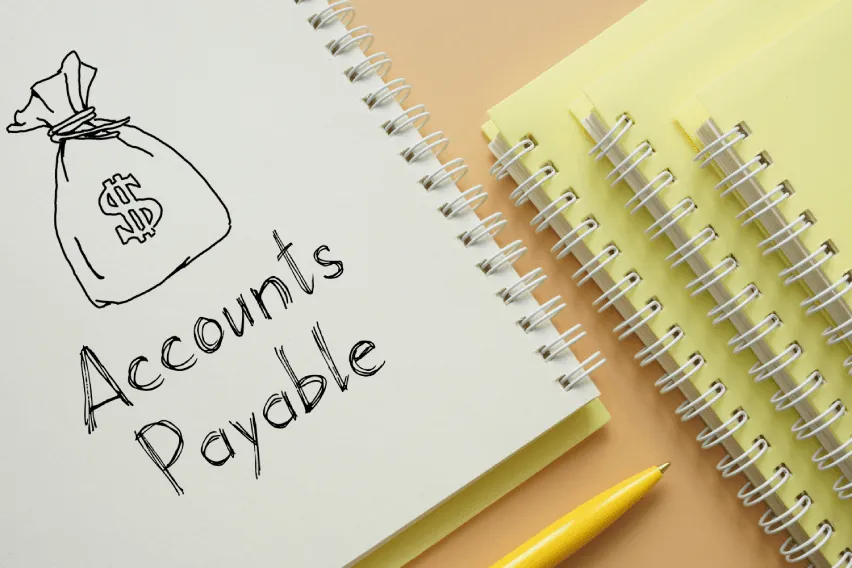
Bills payable are business documents that show the amount owing for goods and services sold on credit. Bills payable can include service invoices, phone bills and utility bills. Small businesses that track their financial accounting using the accrual method have to carefully record their business debts. Businesses track their short-term debts as accounts payable in the general ledger, including the amount owing for their bills payable. Bills payable are the physical bills of sale that request payments by a certain date.
These topics will explain what bills payable are and how debts are tracked in the general ledger:
Bills Payable vs. Accounts Payable
Is Bills Payable a Credit or Debit?

What Are Bills Payable?
Bills payable are physical records of the amount owing for any products or services that a company buys on credit. The seller of the goods or services is referred to as a vendor. Because of that, bills payable are sometimes called vendor invoices.
Under the accrual method of accounting, bills payable are recorded in the accounts payable category as a credit entry. When you’ve paid off a bill payable in full, the accounts payable is lowered with a debit entry.
Bills Payable vs. Accounts Payable
Bills payable differ from accounts payable. Whereas bills payable refers to the actual invoices vendors send you as a request for payment, the accounts payable is an account category in the general ledger that records current liabilities. Bills payable are accounted for in the accounts payable account as a credit entry.
Accounts payable record the short-term debt that your business owes to its vendors for the goods and services they’ve provided. Each accounts payable entry, including bills payable, has a payment term associated with it. For example, a vendor invoice could stipulate that payment is owed within thirty days of the invoice date.
Accounts payable is listed on a business’s balance sheet as a current liability. Current liabilities refer to all the debts a company must pay within one year of the date reported on the balance sheet. A balance sheet is a financial statement that reports a company’s assets, liabilities and shareholders equity, on a single day.
What Are Notes Payable?
A note payable is a promise in writing to pay a specific amount of money by a specific future date. In other words, notes payable are loans between two parties. Like accounts payable, notes payable are recorded as liabilities. But notes payable differ from accounts payable.
Unlike notes payable, accounts payable don’t have an accompanying written agreement. Notes payable include interest charges, whereas there’s no interest associated with accounts payable entries. A note payable is a business loan, whereas accounts payable are purchases made on short-term credit.

Is Bills Payable a Credit or Debit?
Bills payable are entered to the accounts payable category of a business’s general ledger as a credit. Once the bill has been paid in full, the accounts payable will be decreased with a debit entry.
Follow these steps to log a vendor invoice in accounts payable:
- Review the bill payable to ensure it’s accurate.
- Approve the invoice if it’s accurate.
- Record a credit to accounts payable.
- Record a debit to a different account, which will depend on how the bill payment is classified. The debit usually involves either:
- An expense: i.e. accounts such as Rent Expense, Maintenance Expense or Advertising Expense
- A fixed asset: i.e. accounts such as Vehicles, Land or Equipment
- A prepaid asset: i.e. accounts such as Prepaid Insurance or Prepaid Bills
RELATED ARTICLES

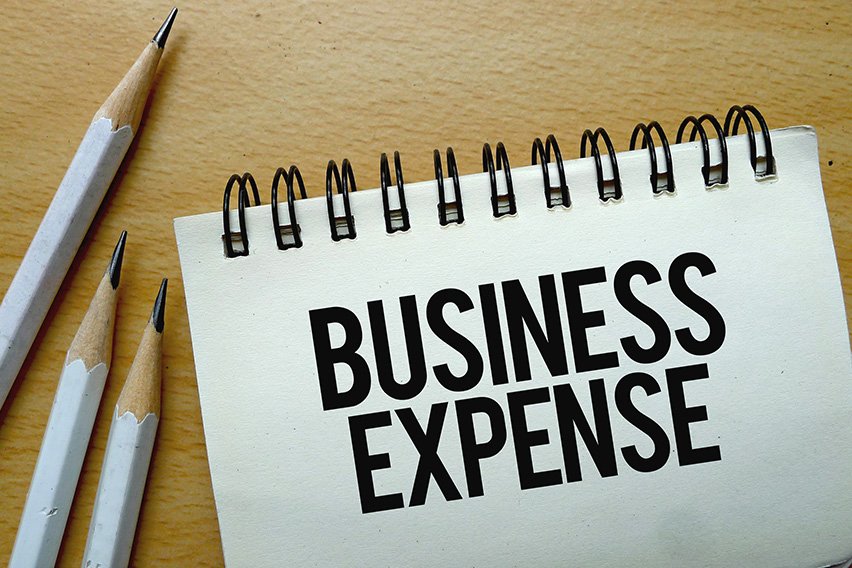 Business Expenses: Definition with Examples
Business Expenses: Definition with Examples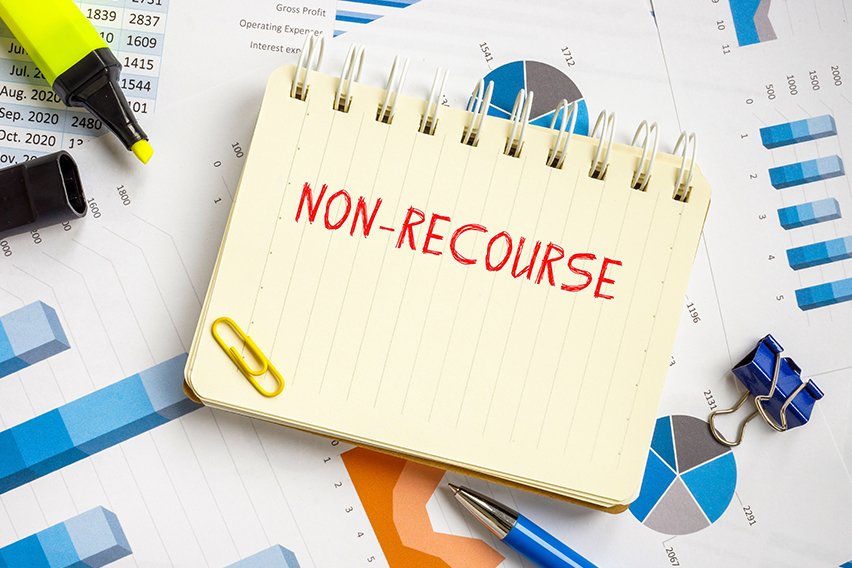 What Is Recourse Debt? Understanding Small Business Loan Types
What Is Recourse Debt? Understanding Small Business Loan Types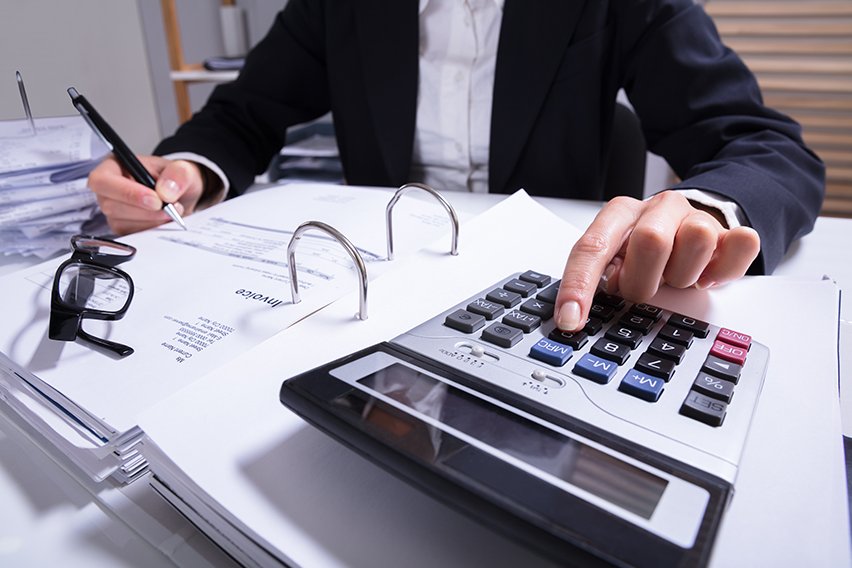 What Is Actual Cost?
What Is Actual Cost?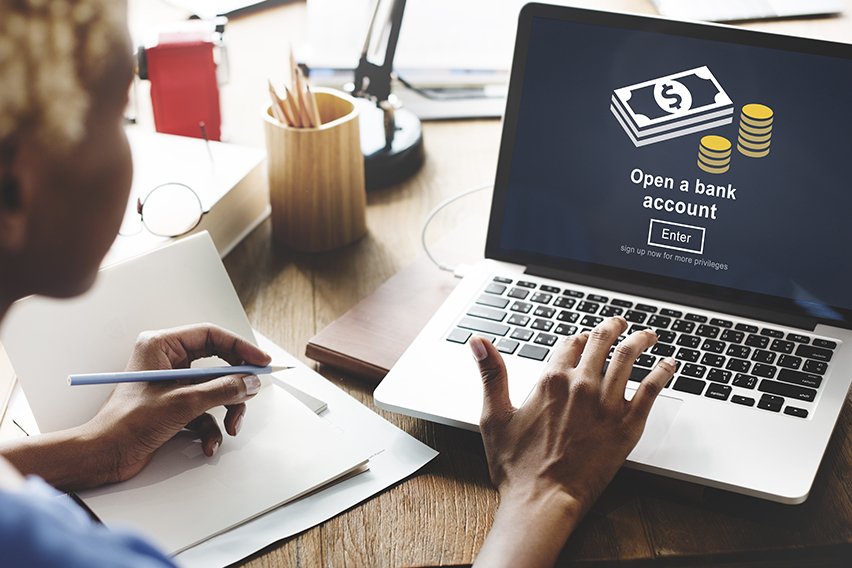 How To Open A Business Bank Account in 6 Easy Steps
How To Open A Business Bank Account in 6 Easy Steps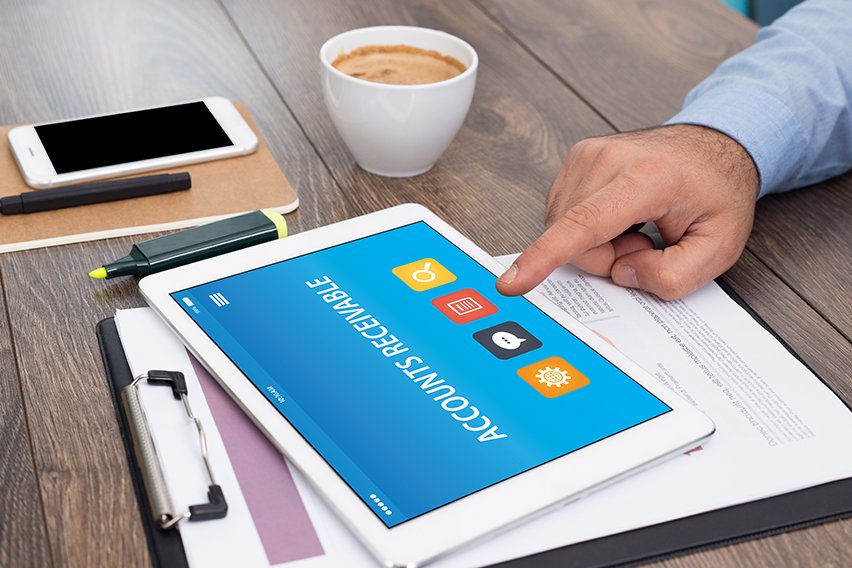 What is Accounts Payable: Definition, Process, and Examples
What is Accounts Payable: Definition, Process, and Examples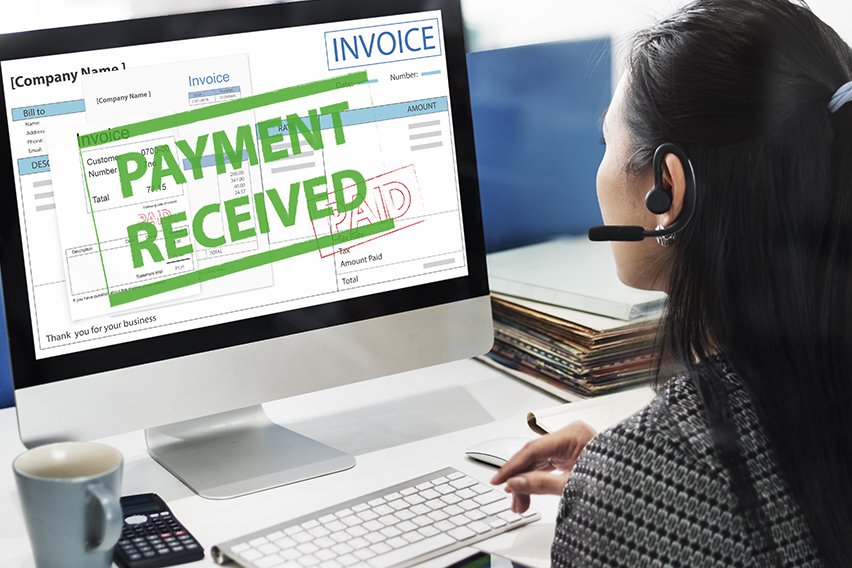 What Is Accounts Receivable?
What Is Accounts Receivable?